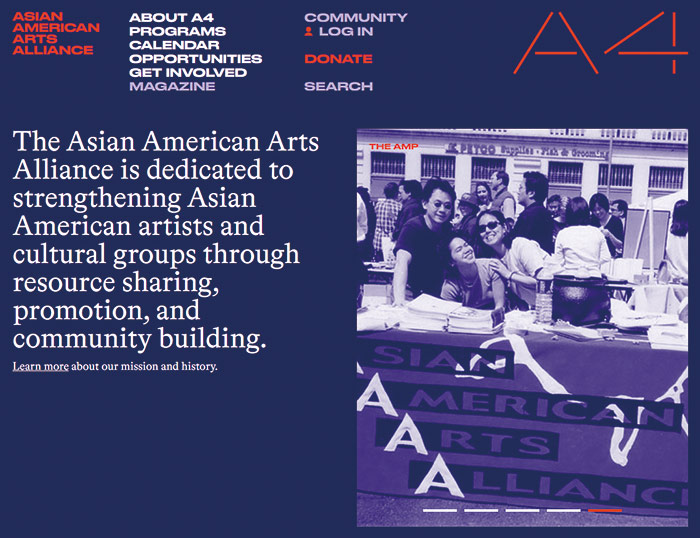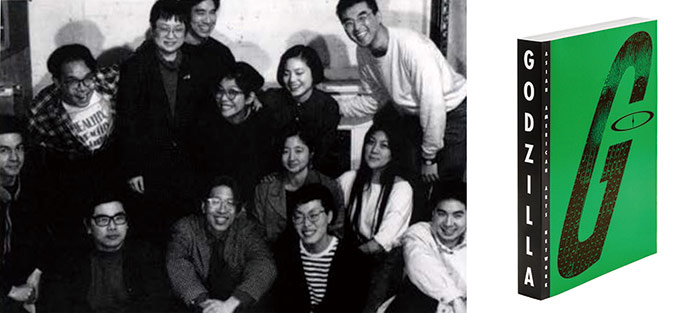섀넌 리


It is a strange, exciting time to be Korean American. Growing up, opportunities to see art by Korean artists were rare. Even in an art capital like New York with a thriving Korean diasporic community, the only Korean artists I saw in museums were long gone Goryeo dynasty-era ceramicists or Nam June Paik.
This lack of visibility had a profound effect on how we, as Korean Americans, saw ourselves and formed our identity; it also shaped how others saw us. By not having Korean and Korean diasporic artists represented in our institutions, a ridiculous notion was implied—that there simply were no Korean artists.
As a young person in love with art and culture, I was often told that my interests were “white” and very un-Korean. Like so many immigrant communities, Korean immigrants in the US prioritized financial security above all other concerns; most of us were encouraged to pursue something safe and conventional. Art was not among those pursuits.
In the US, this lack of visibility was largely due to a dearth of serious scholarship and institutional understanding of contemporary Korean art. Dansaekhwa artists, for example, were often viewed within an Orientalizing lens of “zen” minimalism and packaged alongside Japanese artists despite their opposing political origins and traditions. The Korean avant garde was also regarded with the same reductive approach. As a result, works by Korean artists were often dismissed as being derivative and unoriginal without taking into account their radical social and political contexts.
Today’s landscape is entirely different. Recent articles in the New York Times have outlined the major presence of East Asian—and specifically Korean art and artists—in museums, galleries, and art fairs in the US. According to one article, there were at least five exhibitions dedicated solely to Korean art at major institutions throughout the US this past fall. In New York, this included “Lineages: Korean Art at The Met” at the Metropolitan Museum of Art and “Only the Young: Experimental Art in Korea, 1960s-1970s” at the Solomon R. Guggenheim Museum (the latter has since traveled to the Hammer Museum in Los Angeles).
Much of this is owed to the decades-long work of Korean American art workers—curators, gallerists, museum directors, etc—diligently paving the way and creating a critical foundation. It’s worth noting that most of these art workers, as New York Times writer Ted Loos points out, are women.
In addition to artists from Korea, there is also a renewed recognition of Korean American artists whose contributions in understanding and reclaiming their diasporic identities had been long overlooked. Artists like Theresa Hak Kyung Cha, Yong Soon Min, and Chung Chan Seung, as well as organizations and artist groups like Godzilla and Asian American Arts Alliance (where I currently work) have come back into the spotlight as pioneers in creating a space for Korean Americans to navigate who we are, both collectively and on our own terms.
Thanks to the tireless and ongoing work of these artists and art workers, I, along with many other Korean Americans, have unprecedented access in understanding our own histories and what it means to be of the Korean diaspora. Often defined by our feeling of invisibilization in the US, we as Asian and Korean Americans gain a richer, more complete, and fuller vision of who we are, who we always have been, and who we can be through these works.
FAMILY SITE
copyright © 2012 KIM DALJIN ART RESEARCH AND CONSULTING. All Rights reserved
이 페이지는 서울아트가이드에서 제공됩니다. This page provided by Seoul Art Guide.
다음 브라우져 에서 최적화 되어있습니다. This page optimized for these browsers. over IE 8, Chrome, FireFox, Safari